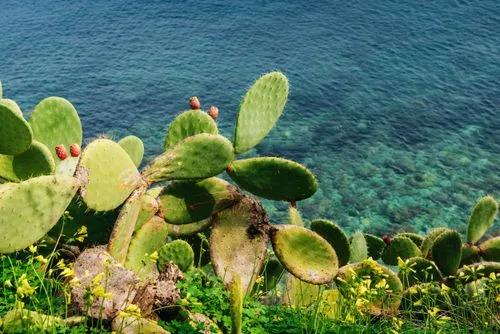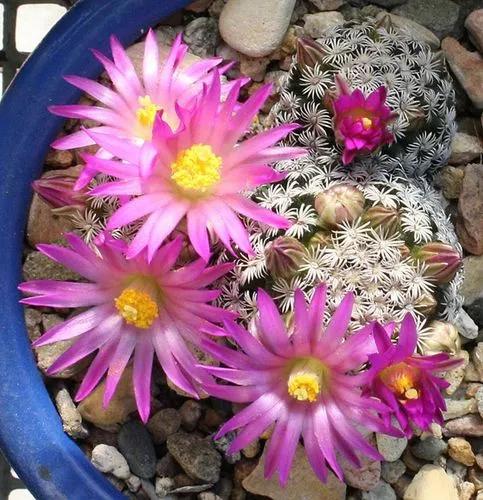Opuntia tomentosa is endemic to Mexico, where it is widespread in the Mexico Federal District and the states of Aguascalientes, Guanajuato, Guerrero, Hidalgo, México State, Michoacán, Morelos, Nuevo León, Oaxaca, Puebla, Querétaro, San Luis Potosí, Tamaulipas, Tlaxcala, and Veracruz (and Jalisco?) and Guatemala. It is adventive in Australia, South Africa and elsewhere as a minor rangeland pest.Altitude range: It grows from 1,090 to 2,600 metres above sea level.Habitat and Ecology: This species is mostly found in sub-tropical, semi-arid and warmer temperate environments. In Mexico it inhabits Quercus forests, xerophyllous scrub and grasslands in a volcanic area on shallow soils, and tolerates disturbance. Climate is semi-arid and modified by altitude, however water availability is highly restricted due to a great percolation caused by the rock structure and to low water retention from the shallow accumulated soil and also a daily wide temperature fluctuation could occur (as wide as ~ 34°C).
Velvet Opuntia Care
Opuntia Tomentosa



How to Care for the Plant

Water

Prickly pear likes dry conditions, and very little watering is required to maintain the plant. This is why the cactus is often used in low-water gardens. Limit your watering to every two to three weeks or when the soil is completely dry. When watering, simply moisten and don't soak the soil. If you get minimal rainfall, that's often all the plant needs.

Fertilizer

Prickly pear rarely needs fertilizer when planted in the ground unless you have very poor soil. In containers, it will use up the soil’s nutrients faster. If the plant’s green pads start to appear dull or it doesn’t flower, that can mean it needs food. You can apply a balanced fertilizer during the growing season, following product instructions. You also can choose a high-nitrogen fertilizer for larger pads or a low-nitrogen fertilizer for more flowers and fruits.

Sunlight

As a desert cactus, prickly pear prefers full sun to thrive. That means at least six hours of direct sunlight per day. Indoors, a west- or south-facing window works best.

Soil

The most important requirement for any plant in the Opuntia genus is soil that drains well. Prickly pear easily grows in sandy or gravelly soil, but it can tolerate other soil types as long as there's good drainage.

Temperature

Prickly pear cactus thrives in hot, dry desert summers. But many of its species have good cold tolerance. (Remember, desert nights can be cool.)

Additional

Species in this genus generally have numerous minutely barbed glochids (hairs) that are easily dislodged when the plant is touched and they then become stuck to the skin where they are difficult to see and remove. They can cause considerable discomfort[200]. This species is unique in having pads covered with tiny hairs, so that they feel like velvet.

Popularity

899 people already have this plant 71 people have added this plant to their wishlists
Discover more plants with the list below
Popular articles






